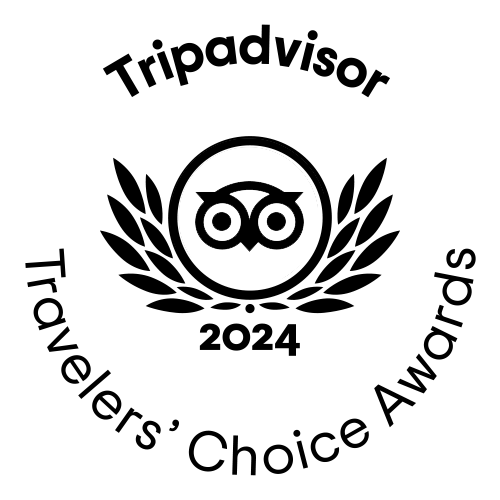Around the world the Day of the Dead in Mexico is recognized as one of the most important festivals in the country's cultural heritage.
People of Mexico, have a deep connection with this time of year in honor of the souls of their deceased loved ones, and this tradition has been kept alive in different cities and towns of the country by believing, practicing and teaching the little ones about it.
It's an experience that throughout the Riviera Maya is promoted and attention is paid to all the details so locals and travelers can enjoy this great and unique experience.

Day of the Dead, which is a tradition inscribed in the UNESCO list as an Intangible Cultural Heritage of Humanity since 2008, in some states is celebrated a little different. In the case of the Maya, it's called Hanal Pixan which means "food for souls" in their language, and pixan (the soul) was the gift of the gods to humans at the time they were born, each pixan has strengths and specific weaknesses that form our characters when humans and our souls move to the other world when our physical body dies. They believed that the world between the gods and the dead was linked by snake paths. After the death of the first body, the pixanes would travel along these powerful paths guided by the sacred dog Xoloitzcuintli.
For the Mayan, death was a very natural event. The skulls were painted and decorated with precious stones and were placed on family altars.

When the Spaniards arrived to Mexico at the beginning of the 16th century, they unleashed a political and spiritual conquest over the Maya and all indigenous cultures in Mexico, the Maya were enslaved and tortured, sacred books were burned and the worship of their gods was forbidden. Christianity was forced upon them. However, the Maya did not stop worshiping their gods, they continued to do so in secret. Their Junab K’uj, creator of the heavens, became God the Father and the sacrifices destined to this god were replaced by the sacrifice of Jesus on the Cross.
The Spanish evangelists knew that they couldn't get rid of all Mayan traditions, so they designated October 31, November 1 and 2 for all the tribes of Mesoamerica to celebrate their dead. These dates coincide with the Spanish celebration, All Saints Day.
In those days, during this time of the year, each Mayan home improvised an altar and had to hide their ancient traditions of honoring their dead. Altars adorned with a green cross representing the Ya'axhce, the sacred ceiba tree of the Maya, a lit candle, four pumpkins with atole, a corn-based drink. The four pumpkins representing the four sacred directions of the world.

The celebration consists of lavishing the returning souls with food, drinks and prayers. The first day, November 1, dedicated to the souls of children and the second day, November 2, is to the souls of adults. The children's souls arrive at midnight on their respective day guided by the scent of flowers and the lit candles.
The souls of adults are received in a similar way. They also arrive in the middle of the night. Their tombs are cleaned and decorated with flowers; however, candles are not lit for them because it is believed that adult souls can find their way. The altars are also filled with food and drinks and an additional pumpkin is placed at the entrance of the house so that forgotten souls can also eat. The seventh day (for children) and the eighth day (for adults) after being in the world of the living, souls are sent away with another great ceremony which includes different types of pibil (traditionally prepared meat, mainly pork) and of course the tamal pib made only for Hanal Pixan, made with achiote, stuffed with chicken, pork or wild turkey, and cooked underground.
In modern times, Hanal Pixan is practiced by all Yucatecans from diverse socio-economic backgrounds. At school children learn about it, they eat traditional food and decorate altars. In preparation for Hanal Pixan, a great place to visit is the Lucas de Galvez Market in the heart of the Merida Center, where you can see all the vendors preparing for those who come to buy traditional food for the altars and celebrations. There is a wide variety of fruits, vegetables, meats, flowers, skulls made of sugar and various candies in the form of corn, bread, pumpkin and other traditional foods. Days before the arrival of souls, family members go to their graves, clean them and light candles and put typically yellow or purple flowers.
If you want to follow this celebration and you find yourself in Mérida, visit the Paseo de Ánimas (Parade of Souls) that takes place on October 31. Starts at 6 p.m. Wednesday, October 31, beginning at the General Cemetery and ending at the San Juan Arch. The music, altars, food and parade of thousands of people with faces painted like skulls, holding candles or just walking on the road is a spectacle. You can join and paint your own face or take the opportunity to remember your loved ones that have passed away. It is an amazing event.
Stephanie Carmon original information.






Comments